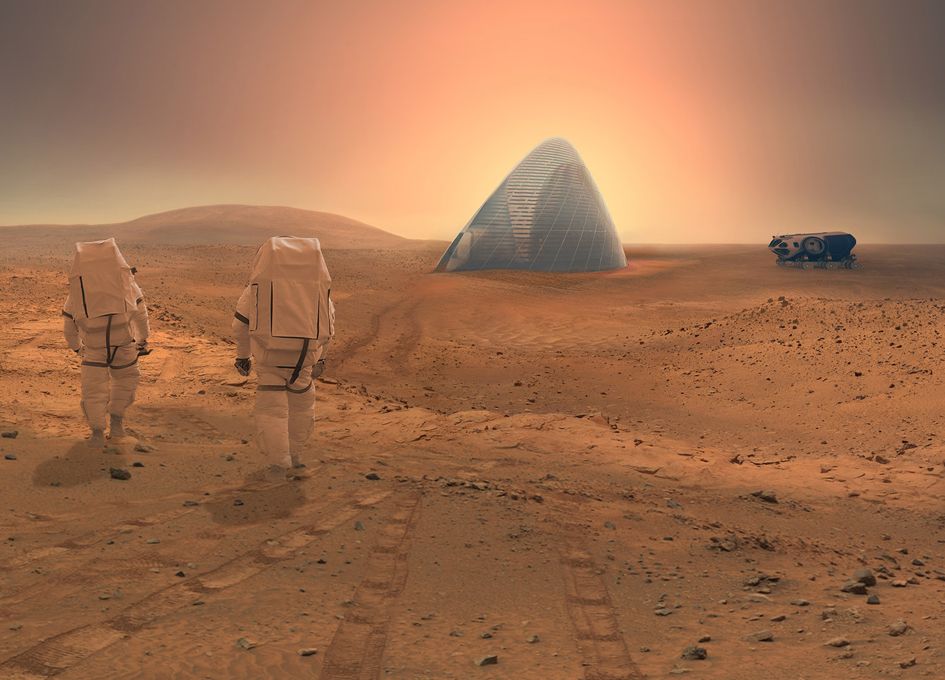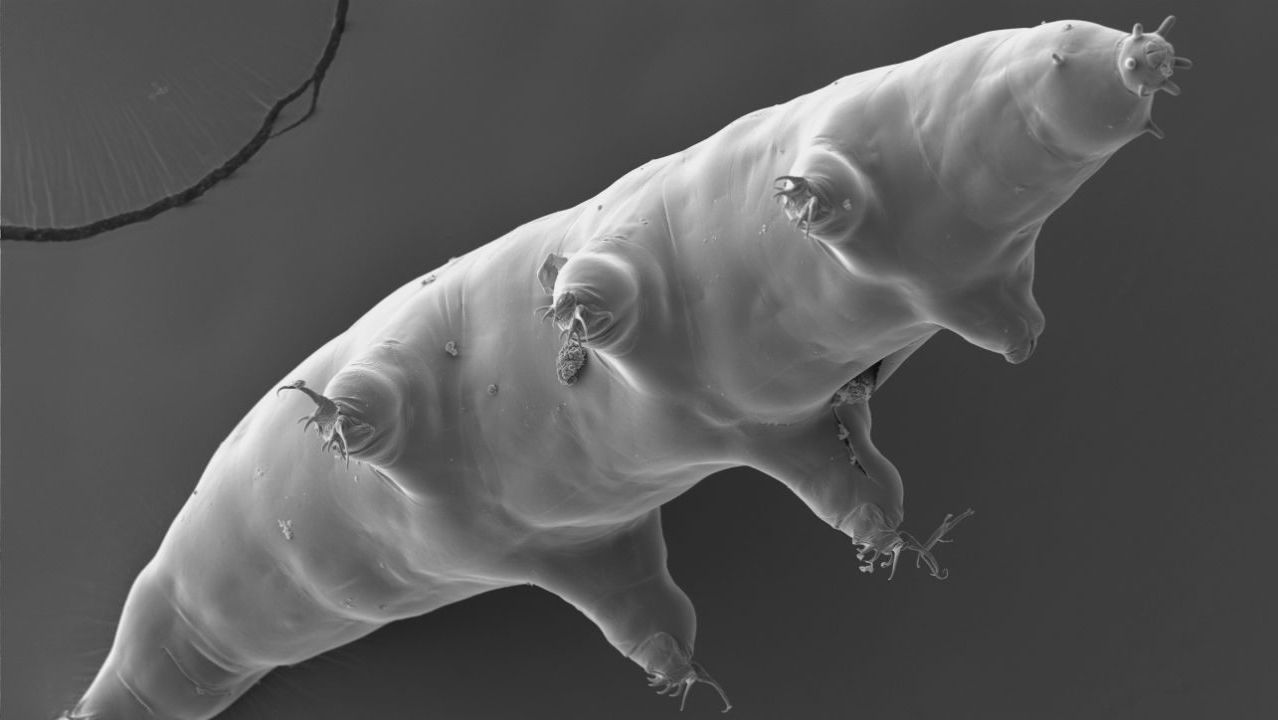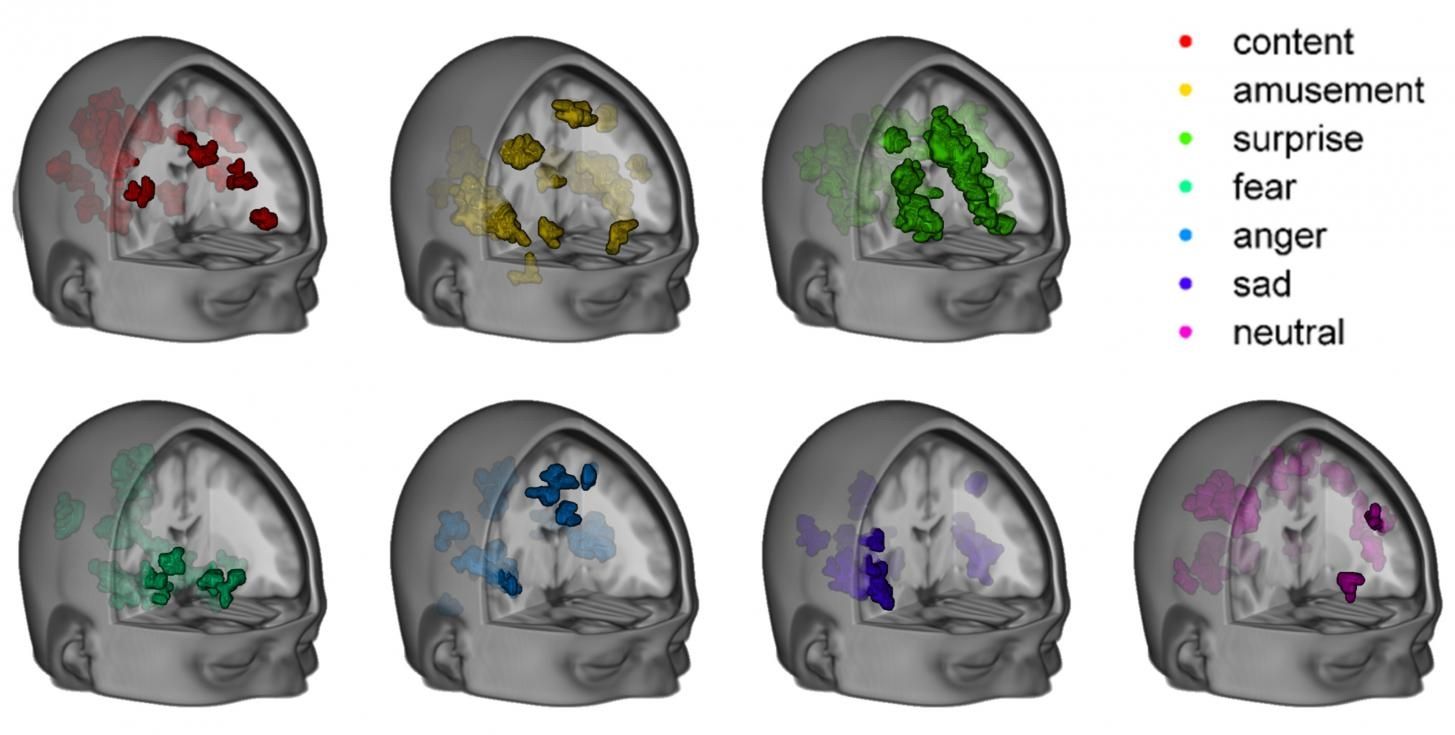Energy independent housing. Here you go.
Filmed on Oct 28, 2016.
Energy independent housing. Here you go.
Filmed on Oct 28, 2016.
SpaceX’s Elon Musk wants to put millions on Mars, but fellow billionaire Jeff Bezos envisions having them in rotating space habitats.

NASA is offering $1.1 million in prize money in Phase 2 of the 3D-Printed Habitat Challenge for new ways to build houses where future space explorers can live and work.
The three-part competition asks citizen inventors to use readily available and recyclable materials for the raw material to print habitats.
Phase 2 focuses on the material technologies needed to manufacture structural components from a combination of indigenous materials and recyclables, or indigenous materials alone. NASA may use these technologies to construct shelters for future human explorers to Mars. On Earth, these same capabilities could also be used to produce affordable housing wherever it is needed or where access to conventional building materials and skills is limited.

WASHINGTON (AP) — President Barack Obama sought Tuesday to reinvigorate his call for the U.S. to send humans to Mars by the 2030s, showcasing budding partnerships between the U.S. government and commercial companies to develop spacecraft capable of carrying out the extraterrestrial mission.
Obama was calling attention to government contracts awarded to six companies to build prototypes for “habitats” that could sustain human life in deep space. He also said that within two years, private companies will send astronauts to the International Space Station, part of a program to allow companies to use an open docking port on the station to develop their own innovations.
“These missions will teach us how humans can live far from Earth, something we’ll need for the long journey to Mars,” Obama wrote in an op-ed on CNN’s website. He said the ultimate goal is for humans eventually to stay on the red planet “for an extended time.”
Smart bricks that can self-assemble into structures could be the key to future disaster relief. Cathal O’Connell explains how they work.
Our mission is simple.
We believe humanity’s future lays in the stars. Our future home will be different worlds as Government initiatives turn into.

A 3D printed house, does it really exist? Here are the most fascinating 3D printed houses in the world, from tiny town cabins to an entire village.
“What’s wrong with brick and mortar, glass and concrete?”, you might ask. “Why to build a 3D printed house?” Apart from the obvious answer – because we can -, there are various good reasons for using 3D printing methods in constructing buildings:

Tardigrades, tiny aquatic creatures found in habitats from backyard ponds to Antarctic glaciers, are tough enough to survive the radiation-fraught perils of space. But for a long time, scientists couldn’t agree on why the animals—also known as water bears—are so hardy. Now, researchers have identified a gene that protects the tardigrades’ DNA from radiation, BBC reports. The gene, called Dsup, showed its importance when researchers inserted it into human DNA strands and blasted them with x-rays. The modified genetic material suffered significantly less damage, they report today in. Scientists hope this finding will help them one day protect another animal—us—against radiation.

As you relax and let your mind drift aimlessly, you might remember a pleasant vacation, an angry confrontation in traffic or maybe the loss of a loved one.
And now a team of researchers at Duke University say they can see those various emotional states flickering across the human brain.
“It’s getting to be a bit like mind-reading,” said Kevin LaBar, a professor of psychology and neuroscience at Duke. “Earlier studies have shown that functional MRI can identify whether a person is thinking about a face or a house. Our study is the first to show that specific emotions like fear and anger can be decoded from these scans as well.”
Elon Musk has recently hinted that he may be working on a “neural lace,” a mesh of electronics that will allow AI and the brain to work together. This could help human brains keep up with future enhancements in AI.
There’s no doubt that Elon Musk is one busy individual. When not playing on the Tesla factory floor, he may be bringing electric roofs to electric vehicles, or dreaming up the Hyperloop, or toying with the future of AI.
If not any of those, he is apparently busy protecting us from being treated like house pets after the Singularity. To that end, the billionaire polymath has revealed he may be working on something called a “neural lace.”